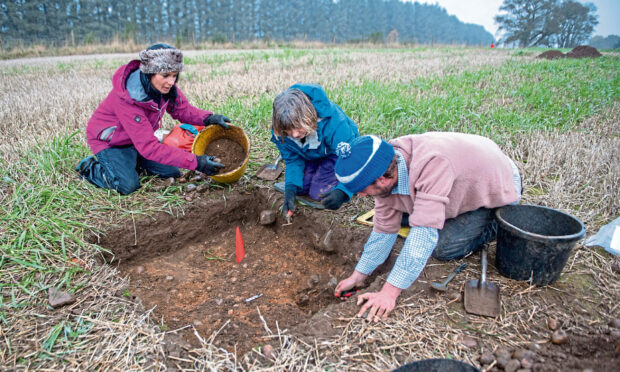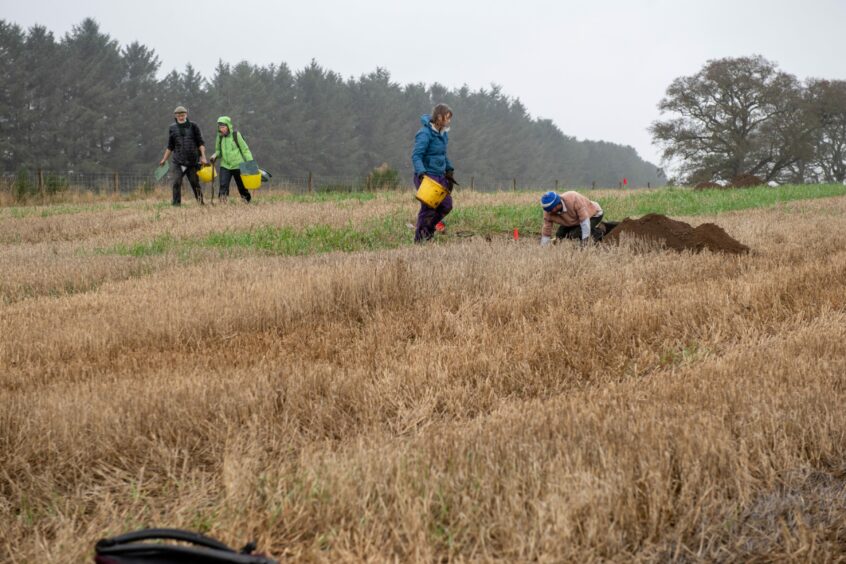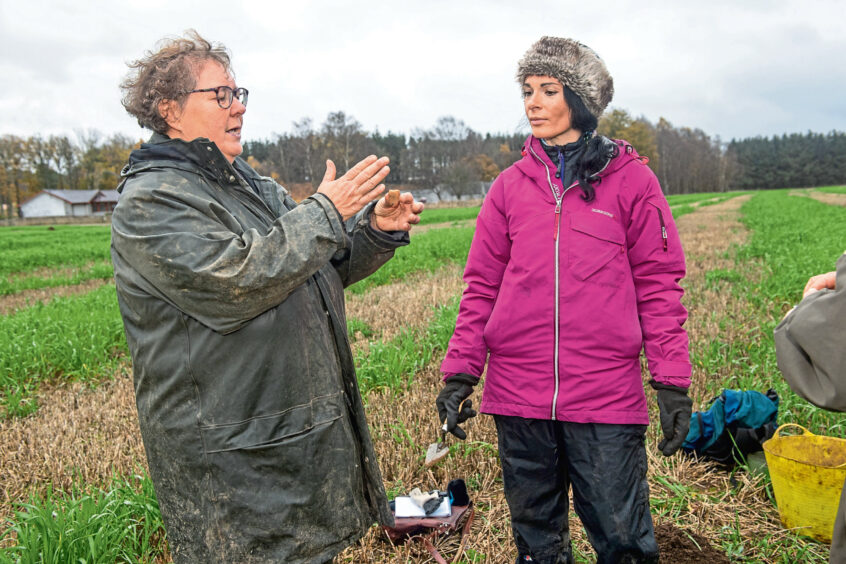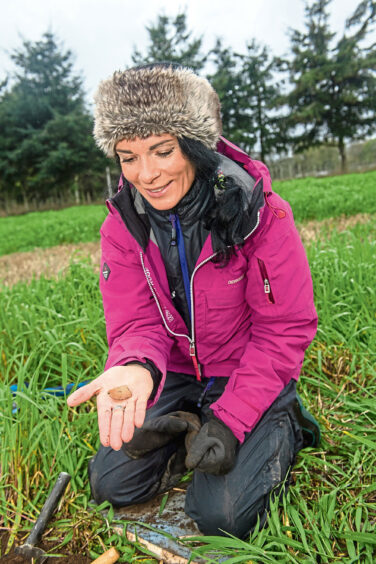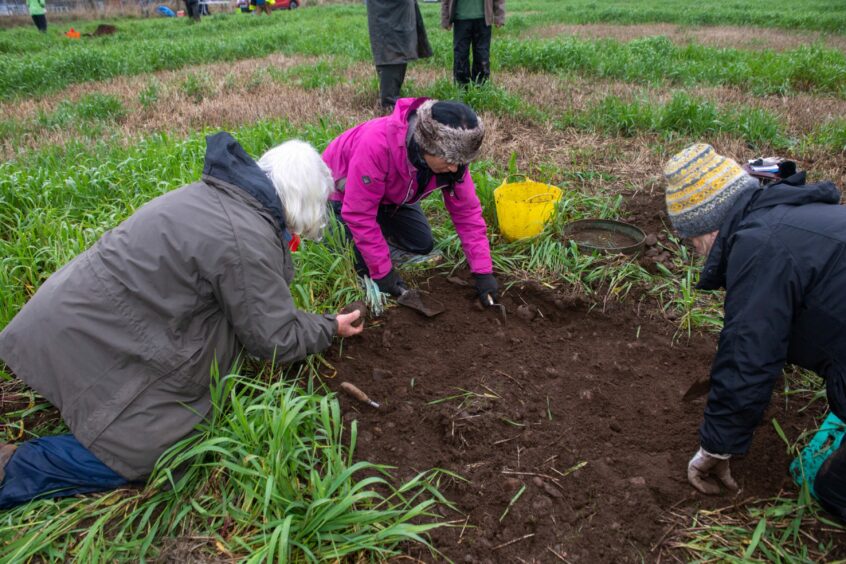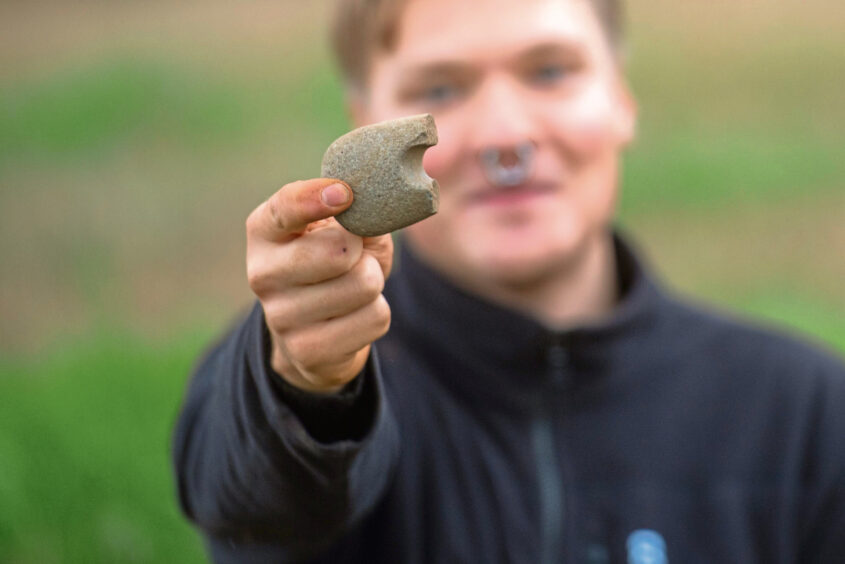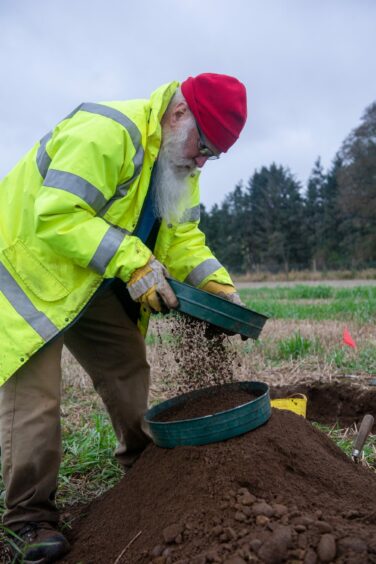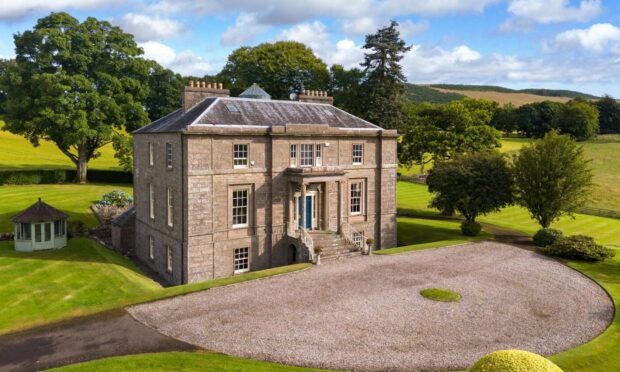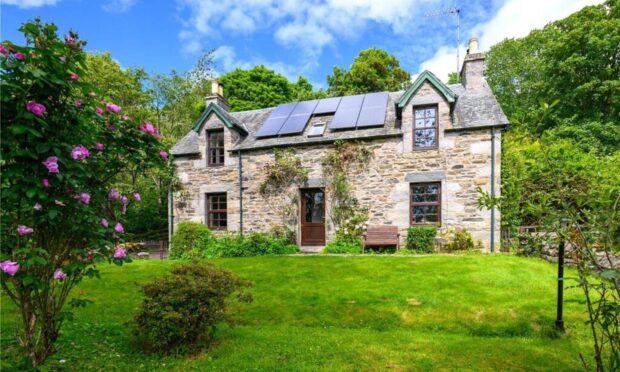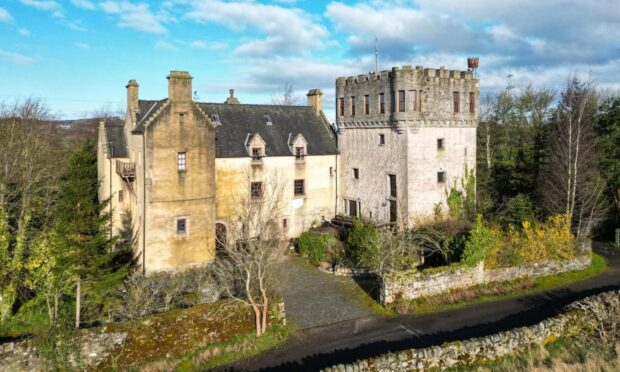Gayle joins community archaeology group Mesolithic Deeside for a dig at Milton of Crathes.
Globe-trotting treasure-hunter Indiana Jones springs to mind when I’m invited on an archaeological dig in Deeside.
I hunt around for a fedora so I can at least look the part, but failing to find one, I settle on a faux-fur headband, which rather resembles a dead cat.
While Indy travelled to the mountains of Nepal and the deserts of Egypt in search of the mystical lost Ark, I’m driving to Milton of Crathes near Banchory to look for flints.
The site, on the banks of the River Dee, was a hotspot of prehistoric activity, with more than 1,200 Mesolithic tools unearthed earlier in the year.
The flints, collected by archaeologists and volunteers, were used by people who lived along the Dee 6,000 to 13,000 years ago. Some of them are thought to have been used as scrapers for turning raw animal hide into clothing, others as blades for cutting.
A broken mace-head from the Neolithic era was also found by Aberdeen University student Kalle Wennerberg, while other finds include random bits of pottery and glass bottles.
It’s a drizzly, dreich day when I turn up, but the inclement weather isn’t dampening anyone’s spirits.
People dotted throughout a huge stubble field are down on their knees digging, sieving soil and bagging up finds.
Most are members of Mesolithic Deeside, a group of local archaeologists, volunteers and students investigating the earliest periods of occupation around the Dee.
A few hail from further afield, including archaeology student Julia Fernandez, who’s flown here from Barcelona.
Getting stuck in
Ali Cameron, chair of Mesolithic Deeside, hands me a trowel and encourages me to get stuck in. I kneel down at a “test pit” with co-secretary Sheila Duthie and start excavating while Ali tells me about the project.
“We found more than 1,200 flints [pieces of worked stone] when we were field-walking here in March,” she explains.
“The site has been known for a while — a retired biochemist, Dr John Grieve, collected flints here in the 1970s, and further west on the south side of the Dee, a lady who lived there, Hilda Paterson, is said to have filled her pockets with flints.
“We’ve dug test pits looking for evidence of people from 6,000 to 10,000 years ago. They dropped pieces of flint here when they were making or repairing tools.
“They were hunting animals and catching fish, and just left bits of flint lying around. These have been ploughed up over the years and we’ve collected them.”
The fact so many flints have been found suggests either a small group of people were here regularly, or perhaps a bigger group travelled here once or twice, says Ali.
“There’s been a lot of activity here in the Mesolithic period,” she adds. “We’ve found blades, cores and a few different tools.
“There’s also the possibility that there might be something like a hearth under the ground. People would have set a fire to keep warm, and sat round it making and repairing tools. There may be traces of structures they built. They’re very rare to find, but we’re digging down to see if we can find any evidence.”
Discovery
Fascinating finds aside, Ali reckons that one of the most exciting things is the discovery of peat below an old water channel. This is datable organic material that can help archaeologists relate what was happening here 10,000 years ago to the flints.
When flints and other finds are collected, they’re bagged up and marked with a grid reference using GPS.
“We plot where we find things so we know where there’s a concentration of finds, and that allows us to map everything so we can come back to the site,” says Ali.
Ultimately, the finds will be dated by lithic (stone tool) specialist Ann Clarke.
Mace-head
As I wander round the field, dampness seeping into my clothes, I meet Kalle, finder of the broken mace-head. He’s on a mission to find the rest of it — a bit like looking for a needle in a haystack!
I sieve soil alongside volunteer Richard Caie who’s ecstatic, having found a “beautiful, almost translucent flint”.
“I find this thoroughly enjoyable,” he beams. “Walking across ploughed fields with the wind howling and the rain coming down… It’s great!
“It’s treasure hunting for something of aesthetic and archaeological value but no financial value.”
Certainly, it’s through archaeology that some record of what once was, remains.
Mesolithic Deeside is always on the hunt for more volunteers and there are so many reasons to get involved.
“We all really enjoy doing this sort of work,” says Ali. “We love being outside, meeting people, we enjoy digging, finding flints, the social aspect, home baking — all sorts of different things.
“This project helps broaden our understanding of early prehistoric human activity in Deeside; we like knowing we’re contributing to finding out what this area was like in the past. And we’re always looking for new fields to explore!”
“It’s treasure hunting for something of aesthetic and archaeological value but no financial value.”
Richard Caie
- Mesolithic Deeside, mesolithicdeeside.org, is running another test pitting weekend in February. For more details, email: mesolithicdeeside@outlook.com
- The Milton of Crathes dig was funded by Aberdeenshire Council Marr Area Small Project Grant, The King George V Wind Turbine Trust and the Skinner Charitable Trust.
